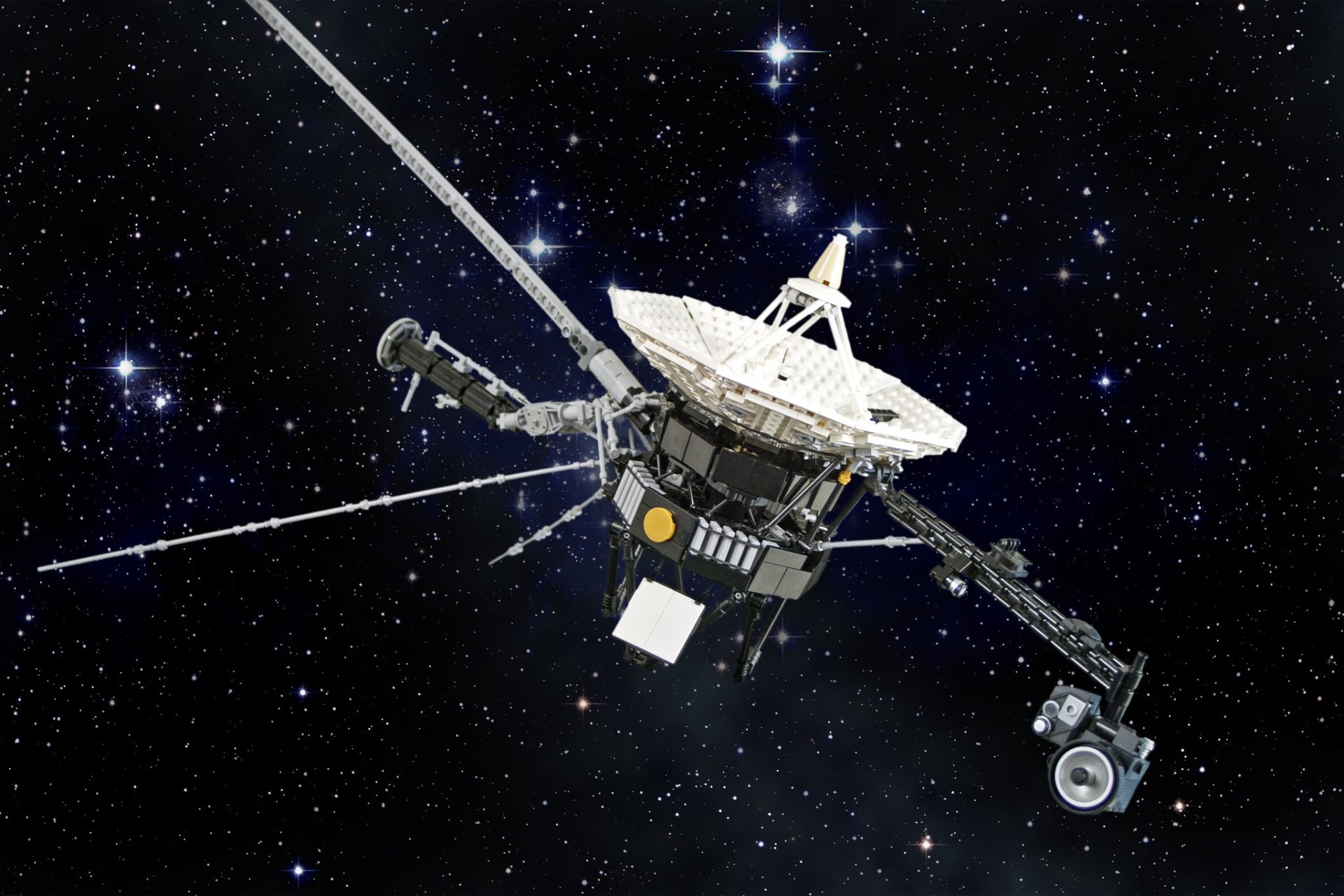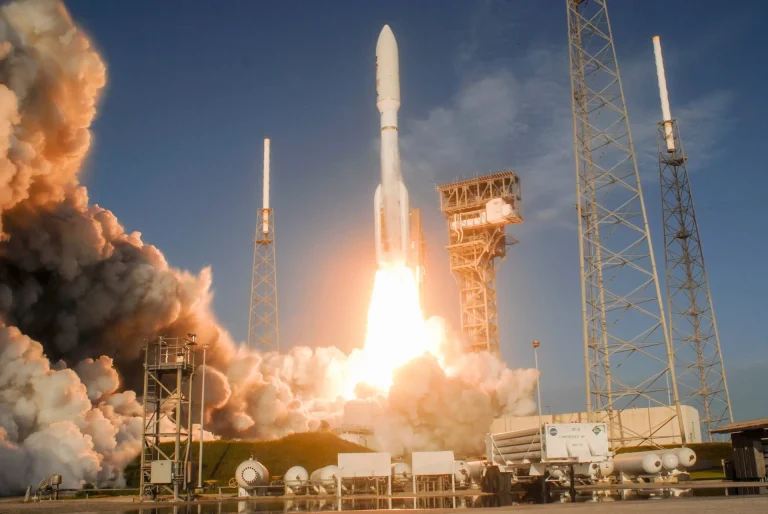NASA’s Voyager 2 spacecraft has captured global attention as it approaches its 48th anniversary in space, marking nearly five decades of unprecedented exploration beyond our solar system. This week marks 48 years since the Sept. 5, 1977, launch of NASA’s Voyager 1 spacecraft, with Voyager 2 following shortly after, making them humanity’s interstellar trailblazers.
Current Status: Voyager 2 in Interstellar Space
Voyager 2 has reached “interstellar space” and continues its unique journey deeper into the cosmos. The spacecraft is currently operating in the region beyond the heliopause – the boundary where our Sun’s influence ends and interstellar space begins. Currently 20.5 billion kilometers (almost 138 times the distance from Earth to the Sun) away, the mission is now probing the realm outside of the heliosphere.
Recent Mission Developments for Voyager 2
NASA has been making strategic decisions to extend Voyager 2’s operational lifespan. Voyager 2 will continue to operate its magnetic field and plasma wave instruments for the foreseeable future, with its cosmic ray subsystem scheduled to be shut off in 2026. These power conservation measures are critical as the spacecraft’s plutonium-powered systems gradually lose energy after decades in space.
The space agency has already shut down several instruments to conserve power, including the Plasma Spectrometer in October 2024. In March, Voyager 2’s Low-Energy Charged Particle instrument will be the next to be powered down as part of NASA’s careful power management strategy.
Voyager 2’s Unique Scientific Discoveries
What makes Voyager 2 particularly special is its status as the only spacecraft to visit Uranus and Neptune. The probe made groundbreaking discoveries during its grand tour of the outer planets, including detailed observations of these ice giants that remain unmatched today.
Recent analysis of Voyager 2 data continues to yield new insights. During the flyby, Voyager 2 discovered new moons and rings, but it also unveiled perplexing mysteries about energized particles around Uranus that defied scientists’ understanding. Scientists are still analyzing decades-old data from the mission, with new discoveries emerging regularly.
Interstellar Discoveries Continue
The spacecraft has made remarkable findings about the edge of our solar system. Voyager 2’s magnetic field instrument confirms a surprising result: The magnetic field in the region just beyond the heliopause is parallel to the magnetic field inside the heliosphere, providing crucial data about this mysterious boundary region.
Future Outlook for Voyager 2
Despite the challenges of operating a 48-year-old spacecraft billions of miles from Earth, NASA remains optimistic about Voyager 2’s future. The Voyager team remains optimistic about keeping the two spacecraft operational long enough to celebrate their 50th anniversary in 2027.
The mission represents humanity’s longest-running space exploration project, with both Voyager spacecraft continuing to transmit valuable scientific data about interstellar space. As Voyager 2 ventures deeper into the cosmos, it carries with it the famous Golden Record – a message from Earth to any potential extraterrestrial intelligence that might encounter the probe in the distant future.
Why Voyager 2 Remains Relevant Today
Voyager 2’s ongoing mission provides the only direct measurements of interstellar space from a human-made object. The data it continues to collect helps scientists understand the nature of the space between stars and how our solar system interacts with the broader galaxy.
As we approach the 50th anniversary of the Voyager missions, Voyager 2 stands as a testament to human ingenuity and our drive to explore the unknown. The spacecraft continues its silent journey through interstellar space, sending back data that expands our understanding of the universe beyond our solar system.
For the latest updates on Voyager 2 and its twin Voyager 1, visit NASA’s official Voyager mission page where real-time tracking and mission status are available.

















